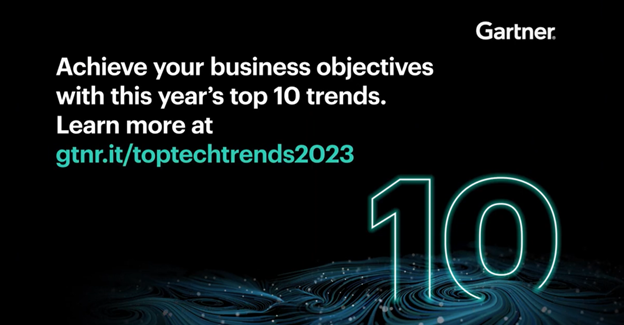
Three soft skills to work on in 2023
Whether or not you’ve made a resolution for 2023, you probably have long term or short term career goals you’d like to see accomplished at some point. Maybe it’s a promotion, a new career path, or new opportunities in your existing role; the future is full of possibilities.
One way you can give yourself a leg up in your career and help reach those goals is to focus on the soft skills that can help you get ahead in any workplace. In this issue of the Pulse, we look at three important soft skills you should consider developing or strengthening in 2023.
Communication:
Unless you work in a vacuum, communication skills are going to be a function of your job, to some degree. Excellent communication skills can go a long way in furthering your success.
In particular, the following communication skills are undervalued and under-practiced, but can be extremely meaningful in your career:
- Active listening – that is, listening to understand instead of to reply.
- Asking questions effectively.
- Paying attention to nonverbal communication.
Not only will working on communication help you in business and your career, but it will give you a leg up in all other areas of your life, as well.
Writing:
While technically a subset of communication skills, many people who have wonderful verbal communication skills struggle with written communication. However, strong writing goes a long way in conveying professionalism and credibility.
One of the best ways to improve your writing is to read more and read well. Choose books or articles by individuals with a strong talent for the written word, and take the time to evaluate their use of language. While reading more is certainly an achievable goal for the year, here are some quick tips to help with your day-to-day writing skills:
- Be concise – don’t waste anyone’s time by being wordy.
- Always proofread – even the best writers make typos.
- Read your writing aloud to ensure it sounds proper.
- Ditch filler words (i.e., just, really, literally).
You can also practice your writing and bolster your business by writing relationship-building materials such as testimonials, letters of recommendation, and online reviews for other businesses in your network.
Time management:
You do not want to be known as the person on your team that struggles with time management. Not only can it appear unprofessional, but others may see it as a liability when considering who to give opportunities and responsibilities. In contrast, strong time management builds trust, increases productivity, and is a genuine asset to include on a resume or list of skills.
Some steps to improve your time management skills include:
- Setting realistic, clear goals.
- Creating a routine that revolves around the times of day you are most productive.
- Giving yourself buffer time between tasks in your schedule.
- Prioritizing a healthy sleep schedule.
- Practicing saying ‘no’ to extra tasks/favors that you do not have time for.
These are a few of many possible strategies to improve your time management. For more about managing work tasks effectively, read our suggestions, here.
In conclusion…
Make your New Year’s resolution for 2023 to improve important soft skills that will make an impact in your career. Our suggestions are communication, writing, and time management skills – however, there are a lot of other important soft skills that go into workplace success.










